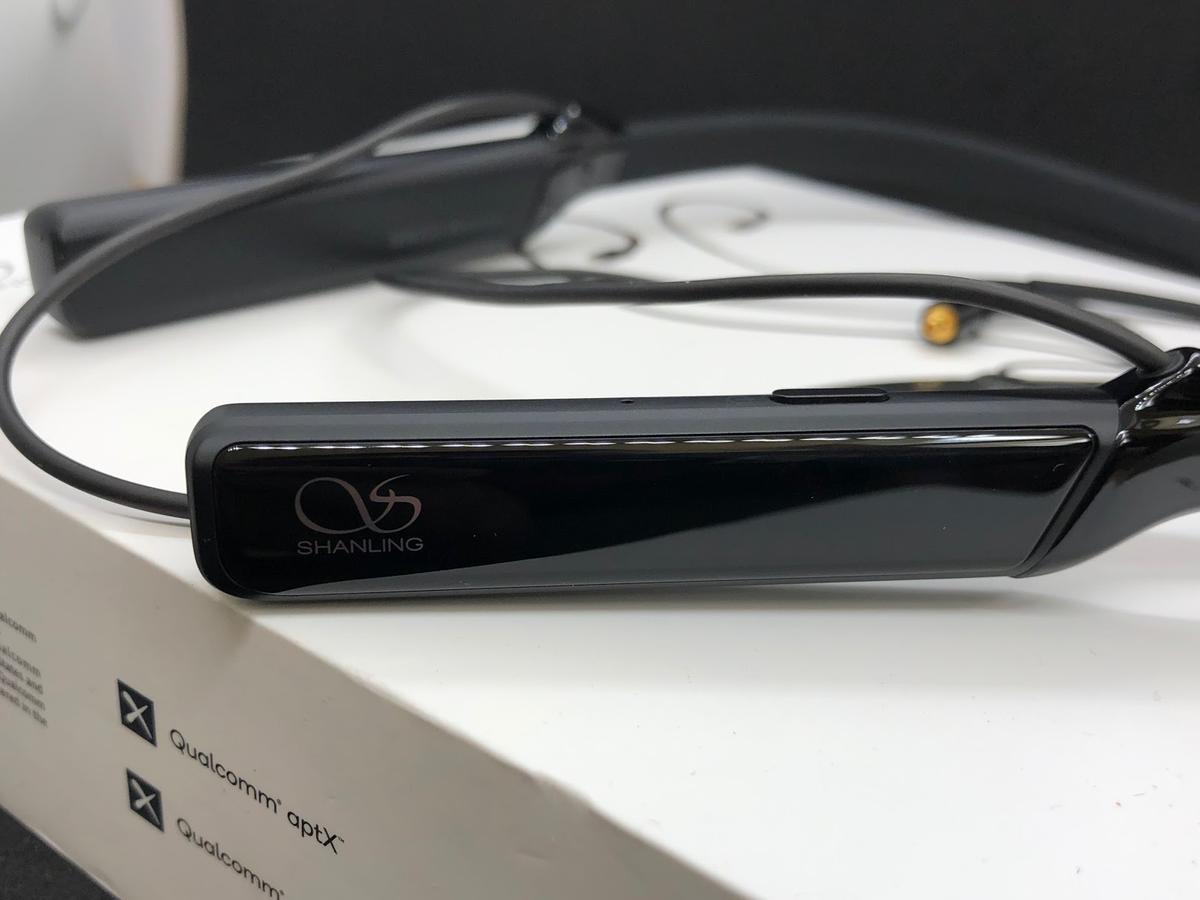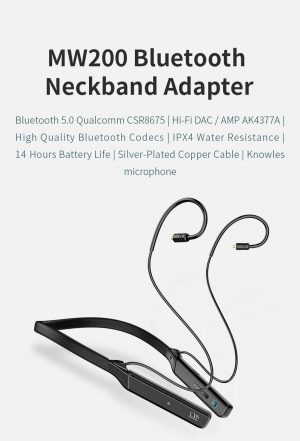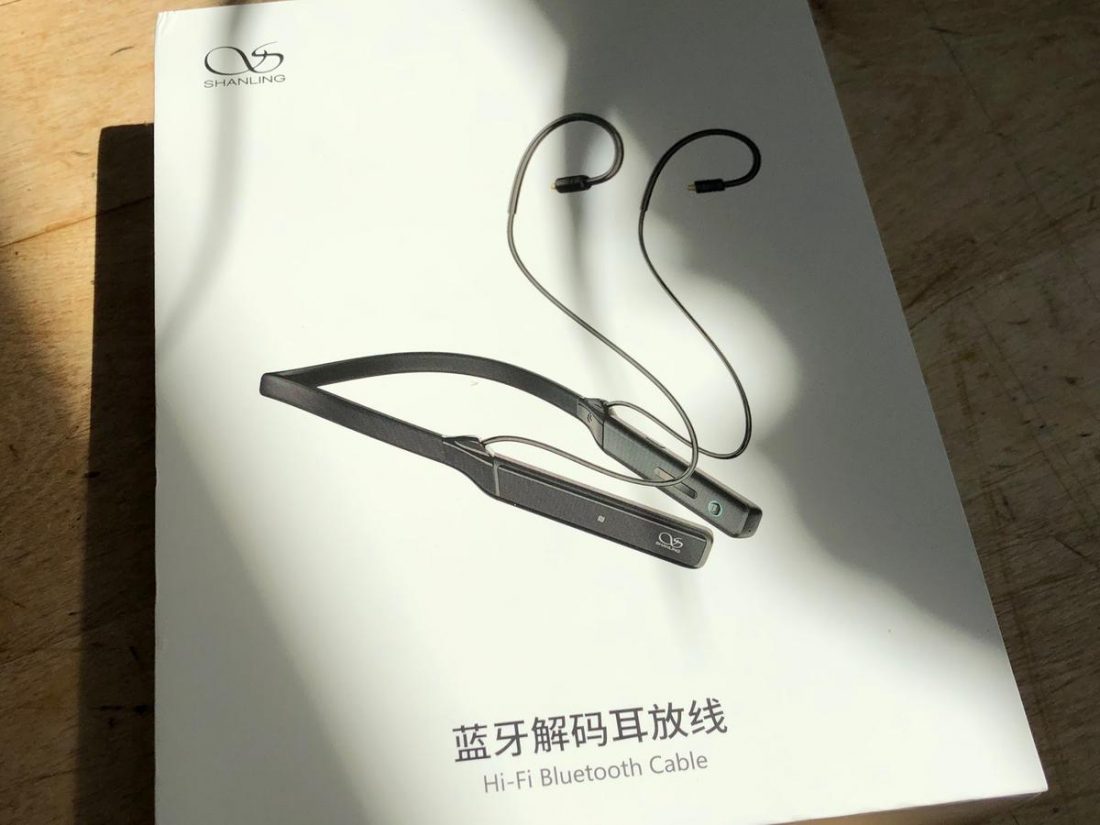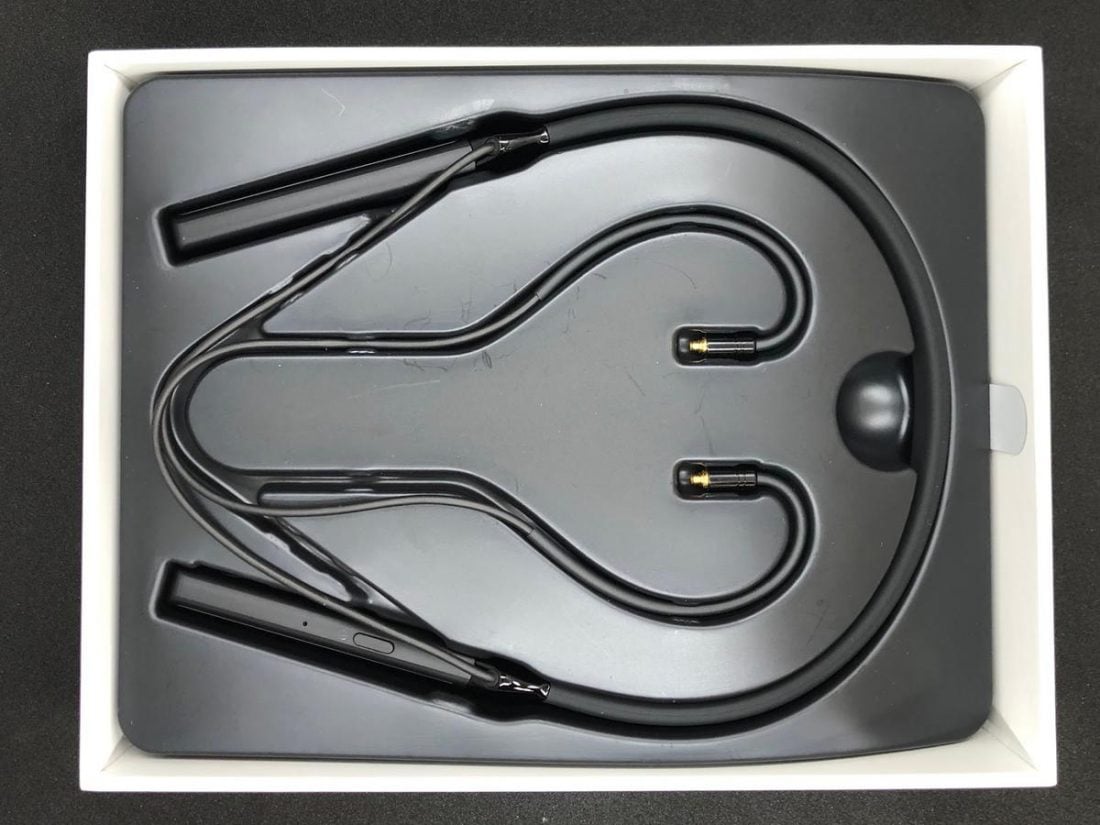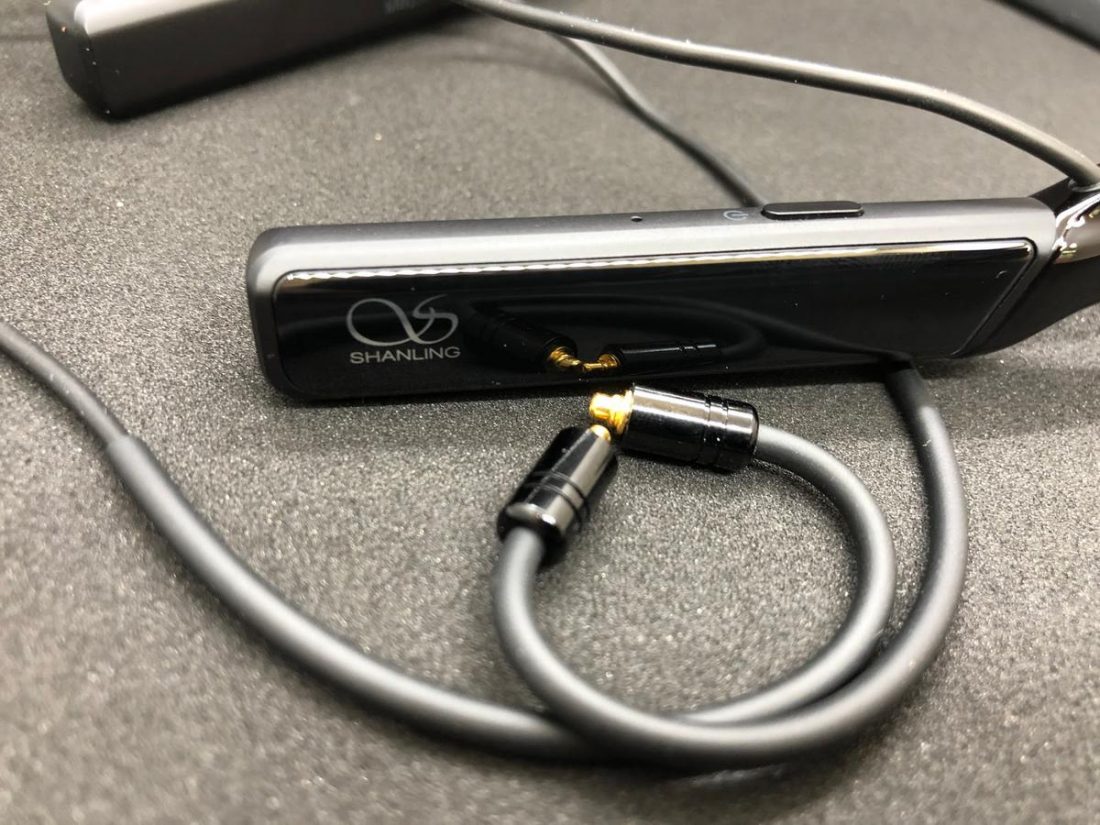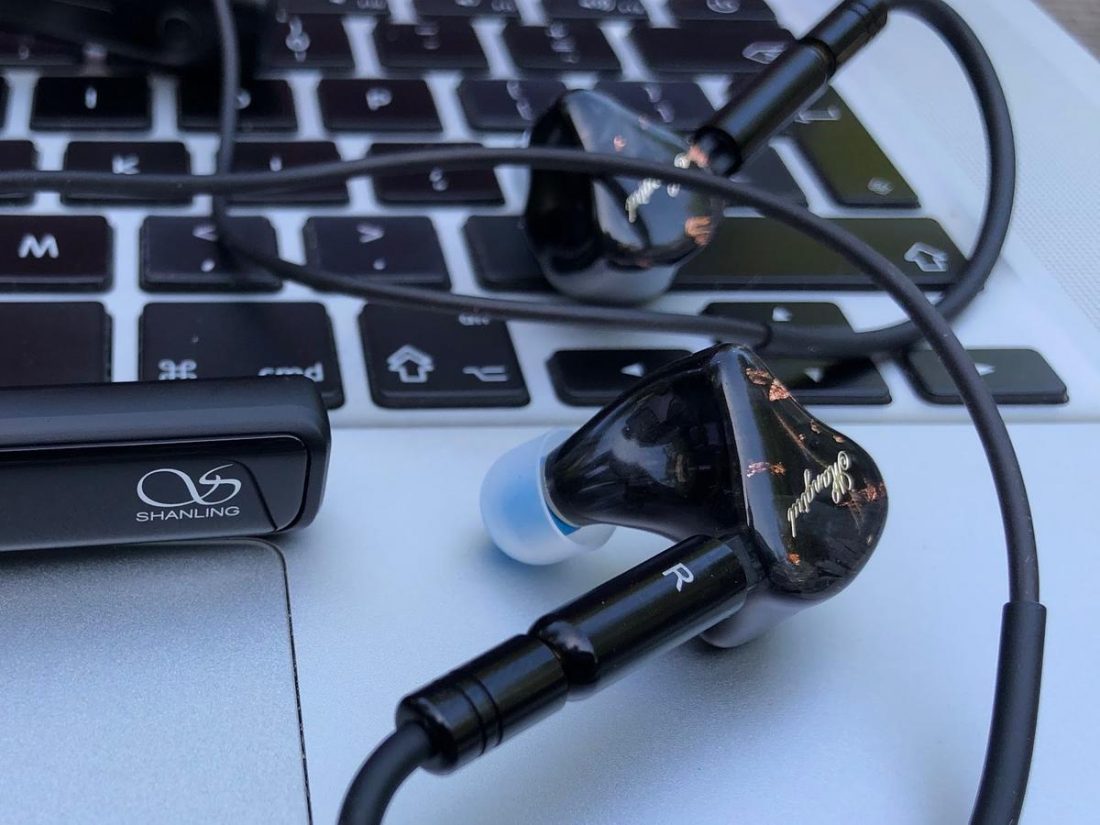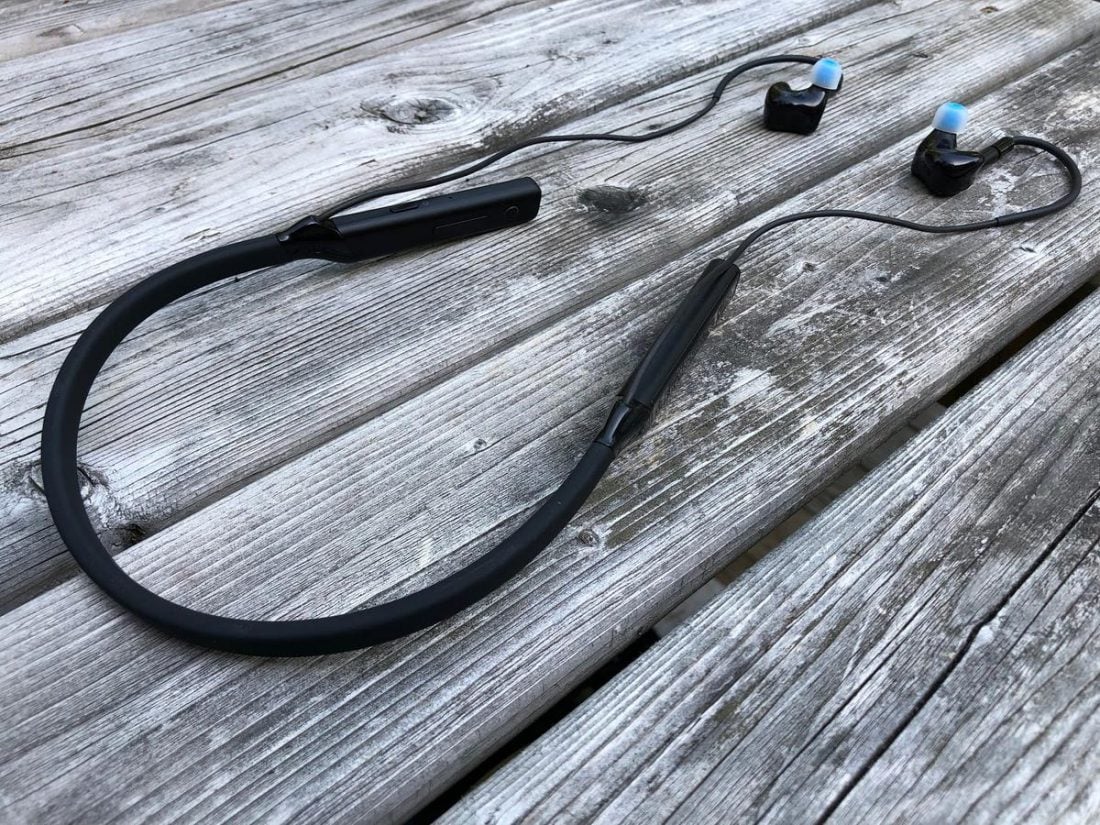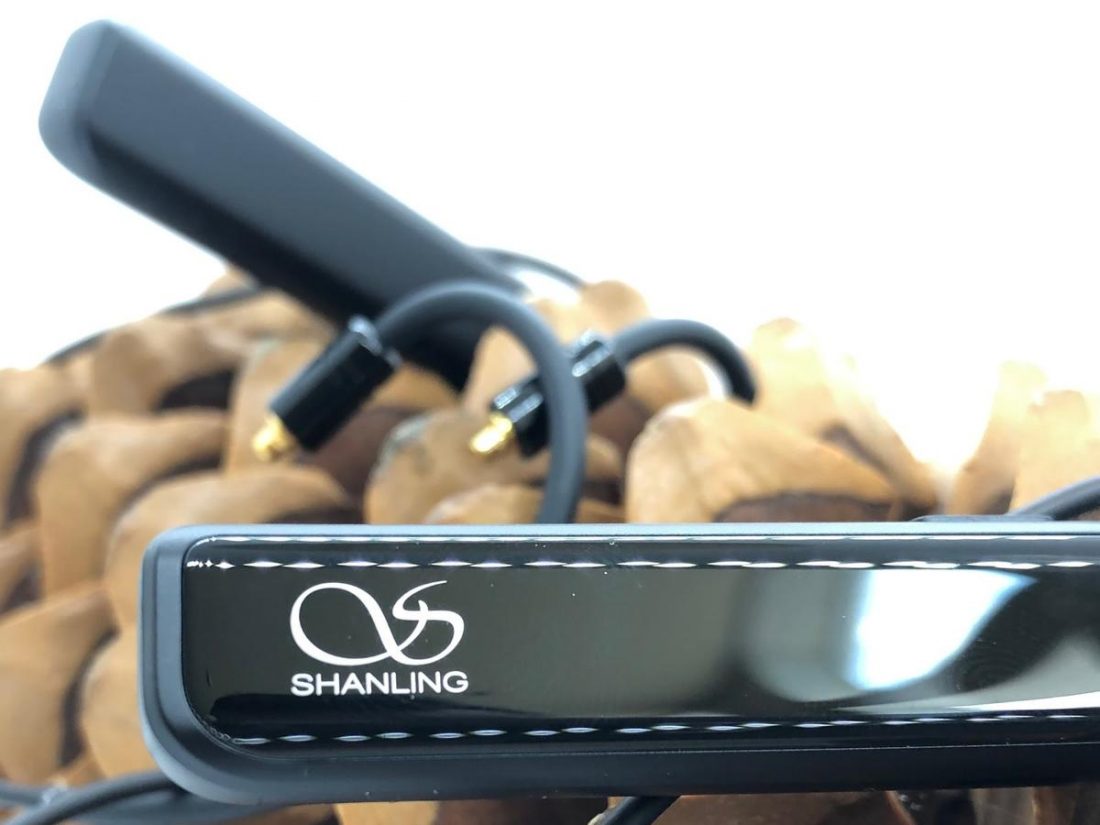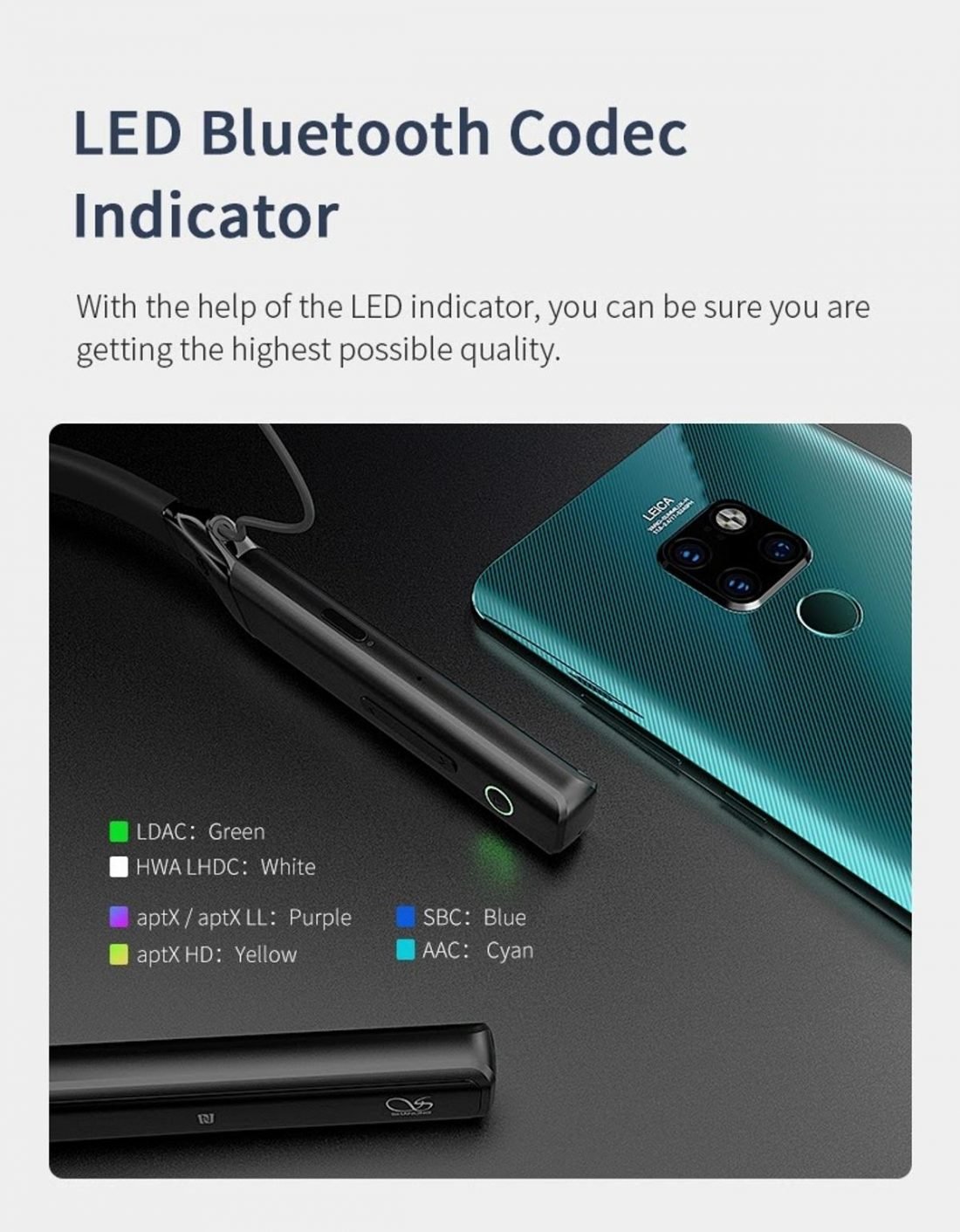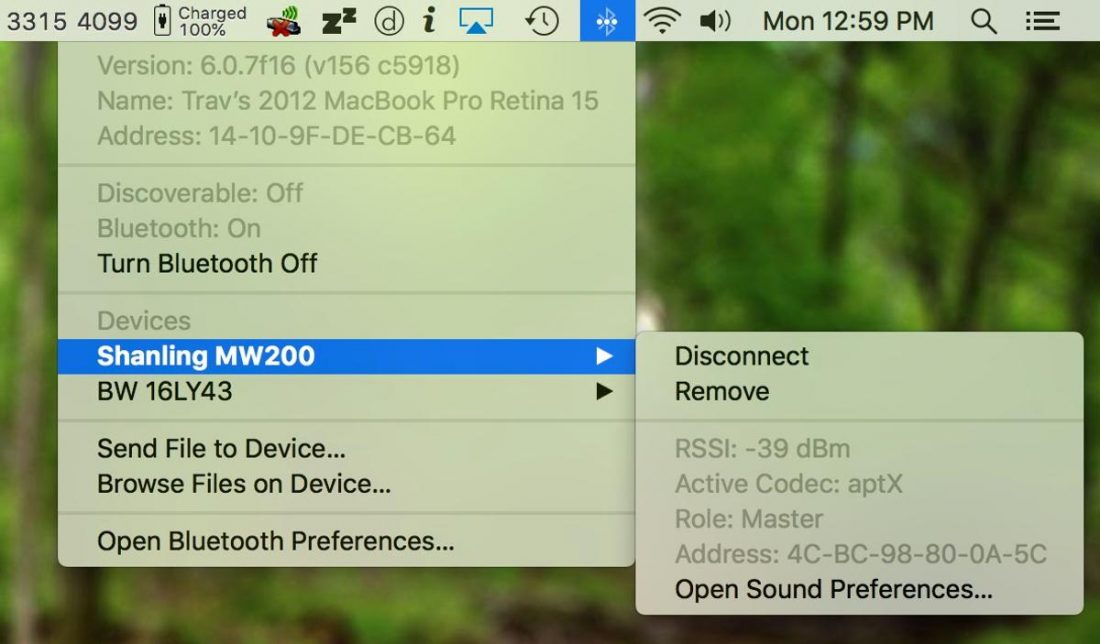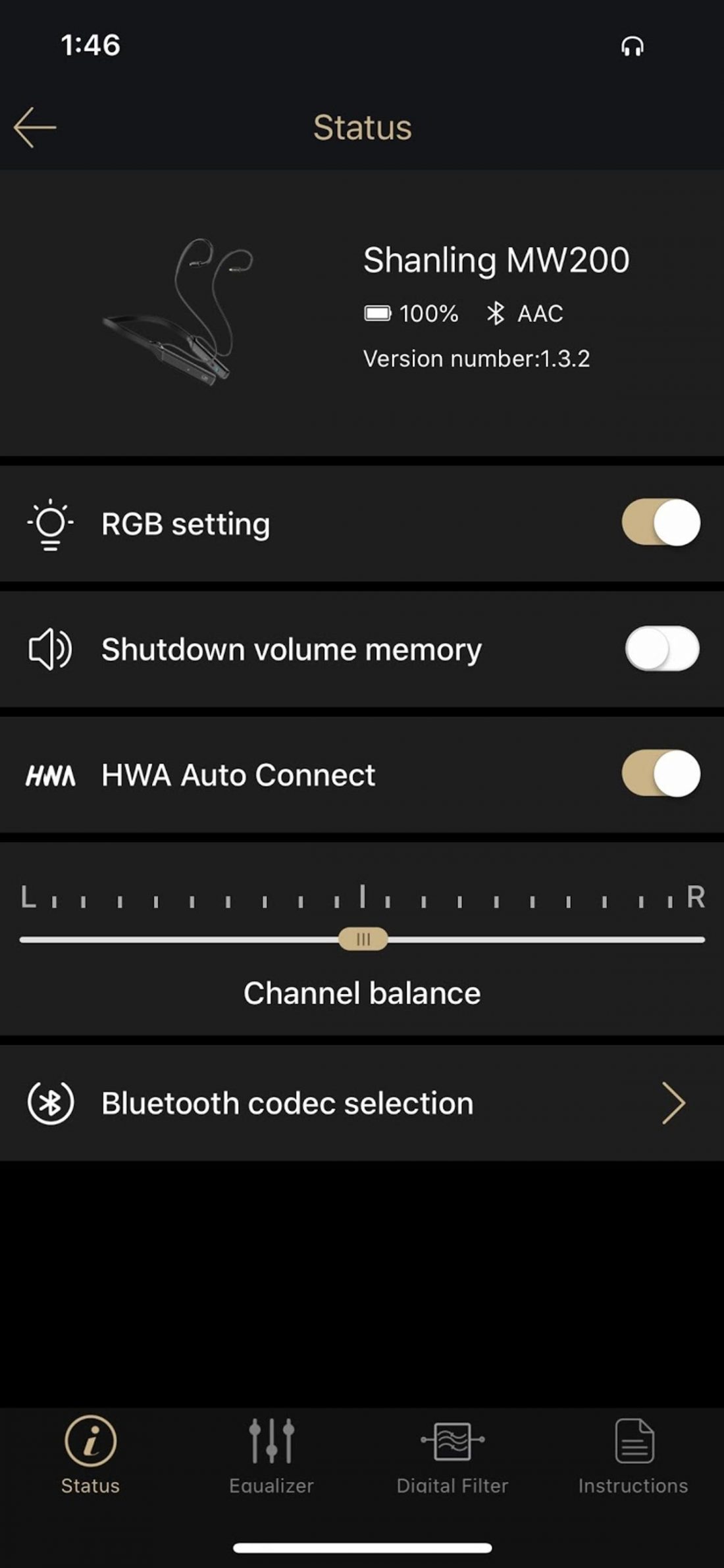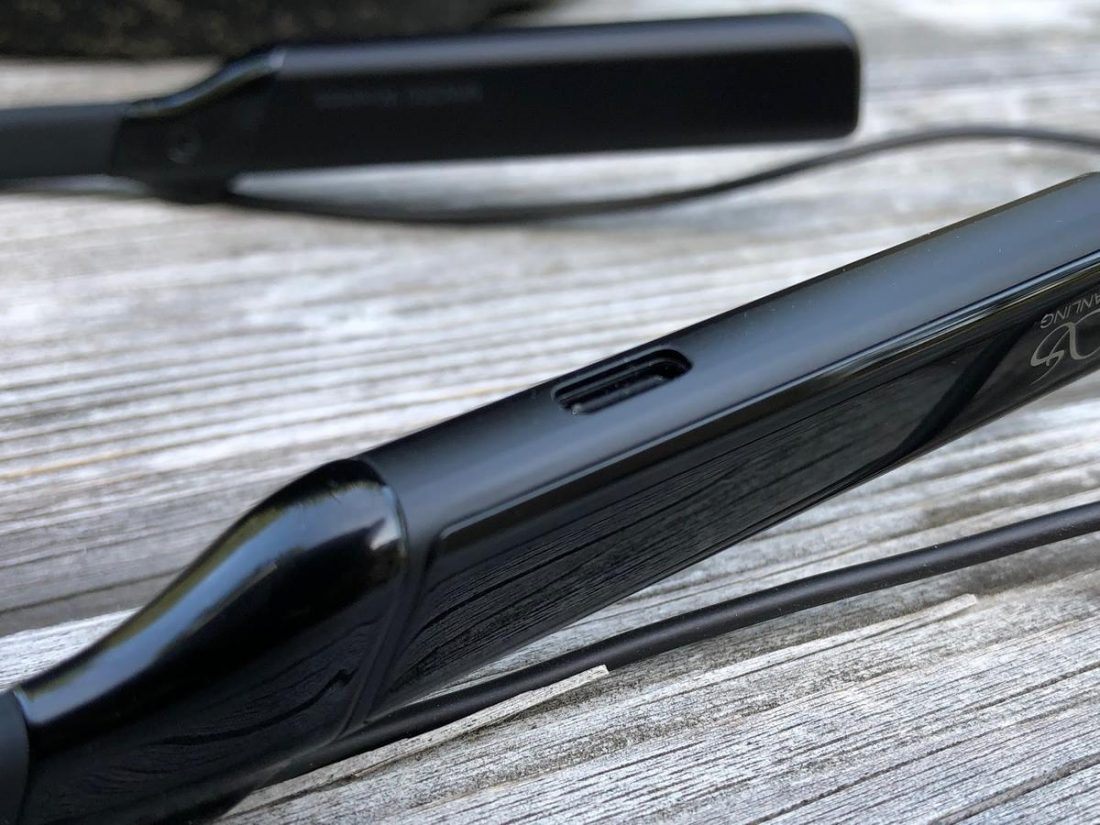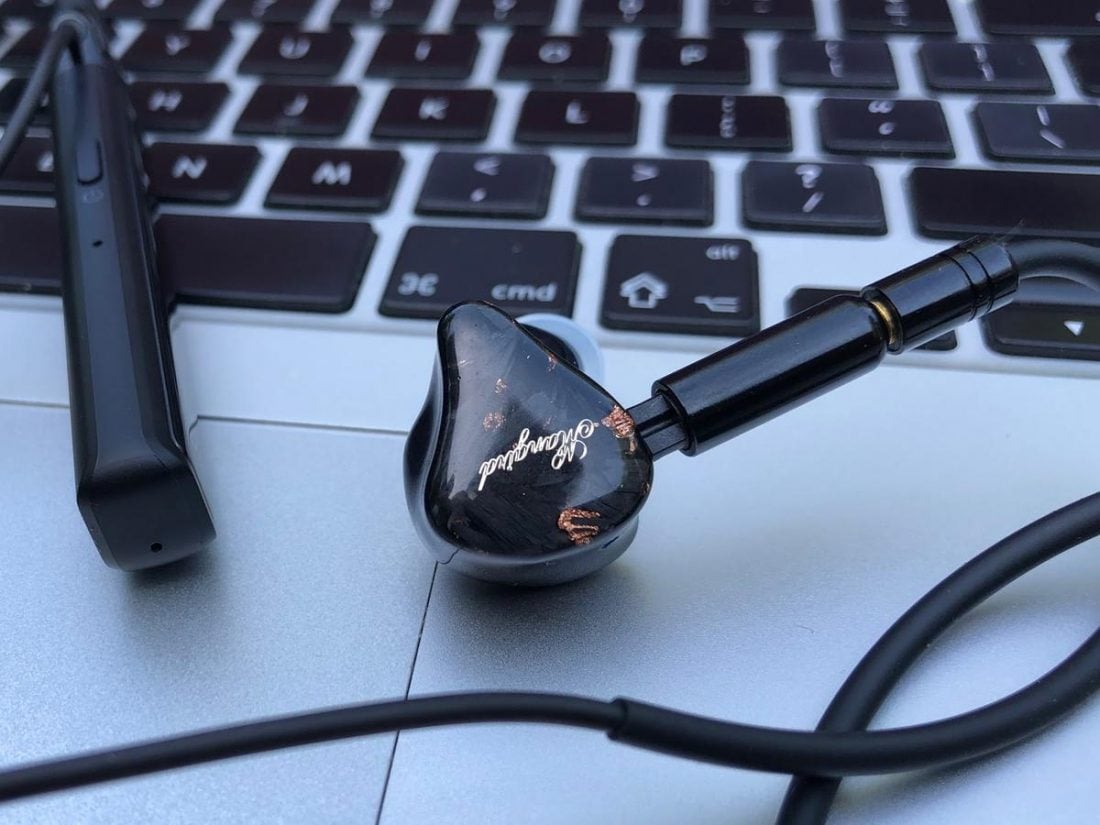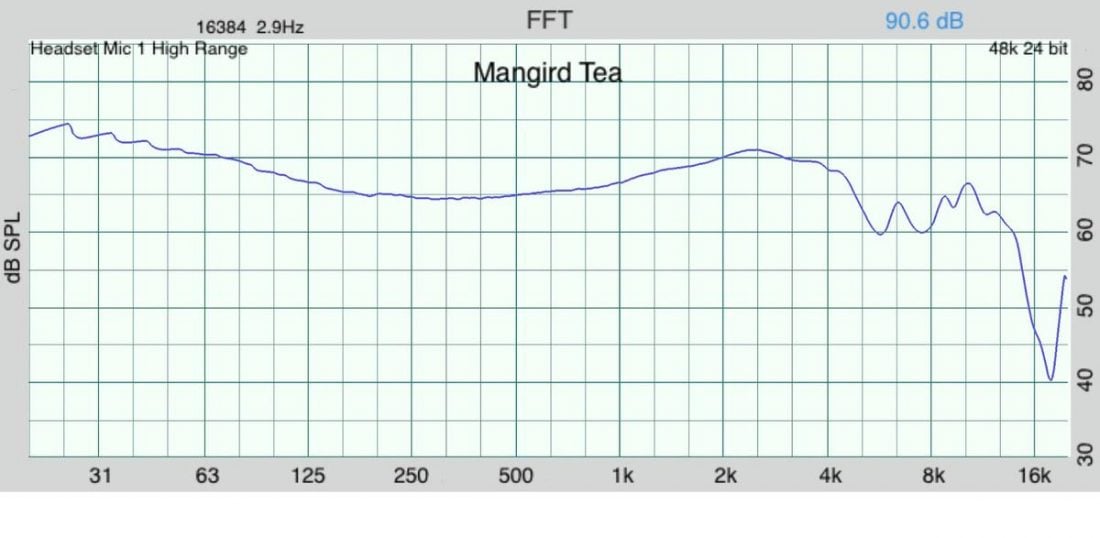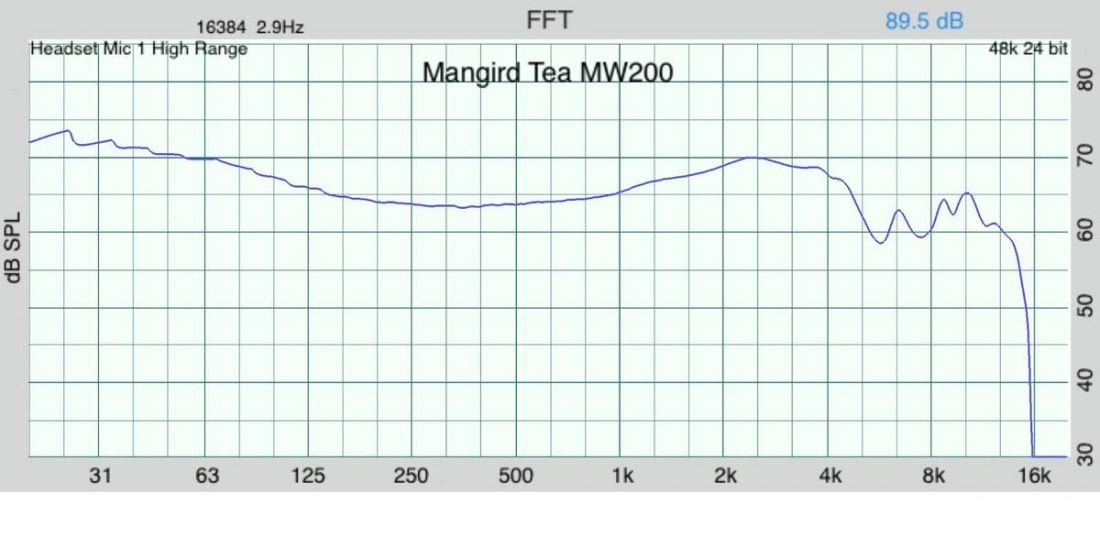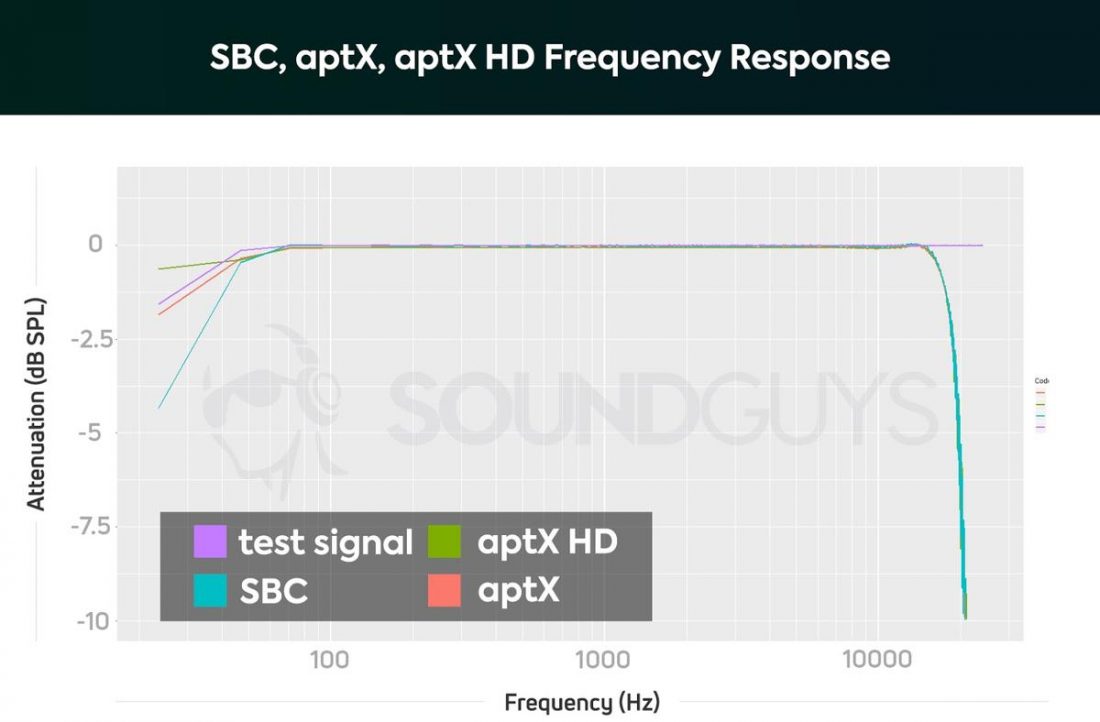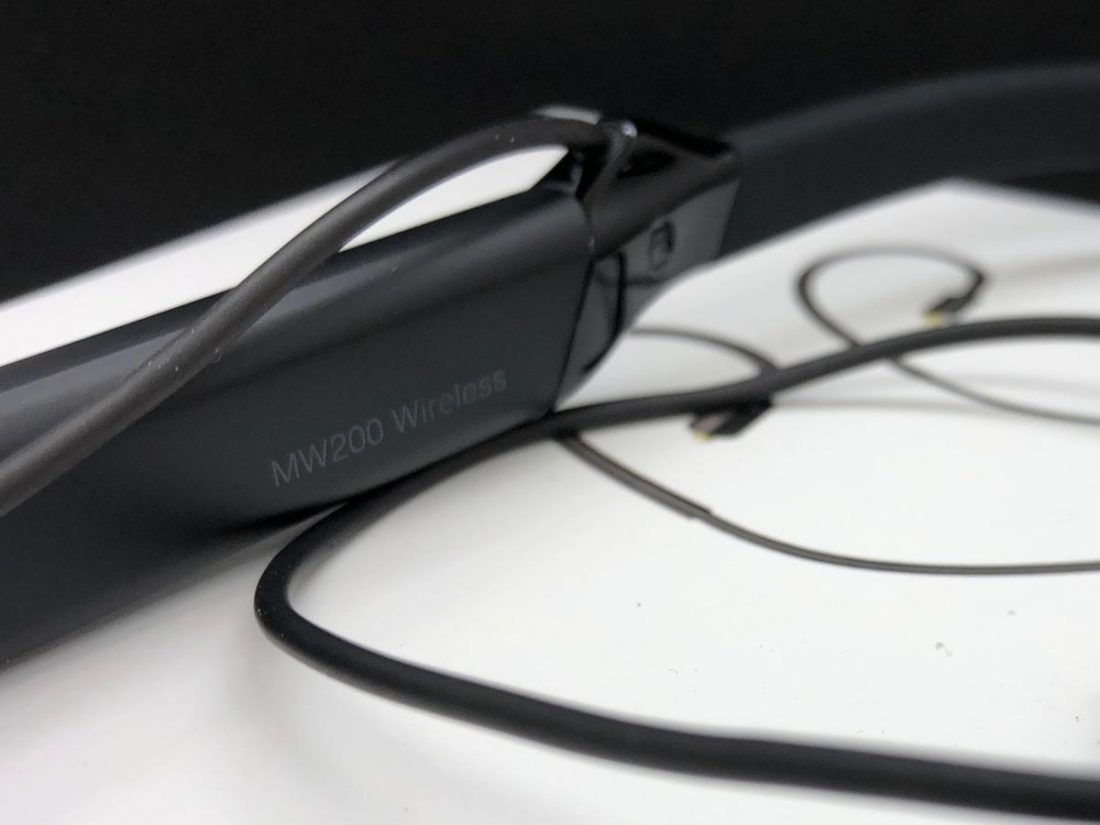To many audiophile purists, the thought of going wireless is sacrilege. “Bluetooth sucks!” they cry out in horror. “How could you even consider it? It makes music sound horrible!” But does it? Really? Does it have to? Bluetooth has been around for more than 20 years (developed in the mid-1990s as a secure way to exchange data between devices). Like any maturing technology, Bluetooth has improved over each implementation. Initial designs were plagued with weak range, random disconnects, and synchronization issues. Ever since Apple (followed shortly by many Android devices) decided to kill off the headphone jack, Bluetooth headphones have started to become ubiquitous. Part of this growth industry has been with purely cable-less TWS earphones (AirPods for example), and another part has been with short-cabled adapters that convert existing headphones and IEMs (sporting removable wires) to Bluetooth. These Bluetooth adapters have also shared the common wireless compromises of battery life, size, and sound quality. About a year ago, Shanling announced they would soon release a product that would address these compromises, with a focus placed firmly on achieving the best wireless sound possible. Finally released world-wide in July 2020, the USD$119 Shanling MW200 is a funky looking Bluetooth device sporting MMCX connectors. They describe it as a Hi-Fi Bluetooth neckband adapter. Unfortunately, like most of the audio hobby, there is a lack of standardization and competing wireless formats at work as well. All those iPhones out there don’t support the newest aptX codecs, but again, does it matter? And in the wild world of IEMs, there are lots of incompatible connectors, including 2-pin (0.75 and 0.77 mm), QDC, straight, angled, reversed polarity, MMCX… Ack! Of course, the reason to go with any wireless connection is for convenience. The question becomes whether the drawbacks (including the potential loss of fidelity due to wireless compression, or poor battery life, mixed with incompatible connectors) outweigh this convenience. Can the HW200 make me a Bluetooth believer? Let’s find out.
Shanling Company Overview
Founded in 1988, Shanling’s main offices are located in Shenzhen, China and the production factory is in Dongguang, China. They produce digital music players, portable amplifiers, headphones, SACD/CD players, and a variety of other audio products. Shanling has obtained a series of patented technology qualifications, including SONY LDAC, Bluetooth BQB, Japanese Audio Association Hi-Res, Microsoft’s HDCD, Dolby Laboratories’ Dolby Digital, DTS and DVD, SACD, and CD patent licenses. They claim that “…for over 30 years, Shanling’s employees kept integrity, innovation, team spirit and hard work in mind. There is no doubt that our employees are our treasure and that without them, we would never get to the Shanling of today. We believe customer’s satisfaction and quality of products are the highest priorities…”.
MW200 Specifications
Bluetooth Chip: Qualcomm CSR8675 Bluetooth version: Bluetooth 5.0 Supported codec: LDAC, HWA LHDC, aptX HD, aptX LL, aptX, AAC, SBC Audio DAC/Amp: AKM AK4377A Output power: Up to 27 mW @ 32 Ohm SNR: 119 dB Connectors: Industry-standard MMCX Cable: Quad-core silver-plated copper Microphone: Knowles SiSonic Water resistance: IPX4 Battery capacity: 360 mAh Battery life: Up to 14 hours (SBC codec) / Up to 11 Hours (LDAC High-Quality) Standby time: Up to 500 hours Charging: USB-C port Neckband Material: Skin-friendly silicone Other features: NFC pairing, a Companion app for Android and iOS, OTA updates, USB DAC function (up to 16/48)
MW200 Packaging
The MW200 arrives in a sturdy white box covered in specifications on the sides and a photo on the front. It looks very professional and high-end. Sliding the top off reveals the MW200 set in molded plastic and covered with a semi-opaque shield. Underneath is a cardboard pouch for the USB C cable, storage bag, and the manual.
In the Box
MW200 Bluetooth adapter USB C Cable Black pleather storage bag Instruction manual
As is usual these days, there is no power adapter included. The only obvious missing accessories are a couple of sets of adapters to convert the MMCX jacks to 2-pin 0.78 and angled QDC style. Simply including these two sets of adapters would make the MW200 almost universally compatible with the vast majority of IEMs.
MW200 Design
As noted above, the MW200 is MMCX only, although Shanling has said, “we hope to have version with standard 0.78mm pins at later date.” In the many sets of IEMs I currently have on hand, it turns out that I only have one with MMCX connectors, the JVC HA-FW01. These are good quality IEMs that benefit from proper amplification and source. However, their design exposed another limiting design choice with the MW200. The HF-FW01 are bottom socketed and protrude from the ears somewhat like the Frankenstein Monster’s neck bolts. As such, they do not support the currently popular over-ear wire routing found on most IEMs. Unfortunately, the MW200 cables are permanently curved for over-ear use and do not contain a bendable memory wire at the jacks. This meant that I could never get the two to play nicely together. The wires were permanently awkward and unnatural to wear attached to the HF-FW01. Making the plugs this long concerns me for potentially breaking the pins or IEMs due to the increased leverage, and it also routes the wire higher over the ear than is natural. Turns out that you don’t notice it when wearing them, but the adapters and wires do look a tad strange running upwards along with your head.
Cables
The two, black, rubber-coated, 28.5 cm cables are composed of quad-core, 18-strand, silver-plated copper. Shanling claims that as an “…experienced Hi-Fi manufacturer, we know that every small part in audio path can matter. Even if it’s just a short cable at Bluetooth adapter.” They also state that the connectors are “premium connectors… with a thicker gold plating…” It very likely makes no audible difference, but do I appreciate the attention to detail and going the extra mile. At almost a foot long, the cables seem overly generous (I mean who has that much space between their neck and ears?), and because of this, are a bit prone to coiling.
Neckband
The band is made of black silicone and can be flexed, bent, and twisted with wild abandon. There is little likelihood that you will damage it. It’s IPX4 rated, meaning it’s protected from splashing water. The USB C port does not have a rubber cover (as so many of these sorts of devices tend to use). Shanling states that the MW200 is “sweat proof from all the directions. Users can enjoy their IEMs wirelessly while working out without worrying about sweat damaging their earphones”. The outer surfaces on the tips of the neckband are made of black glass. While this likely adds some weight, is prone to fingerprints, and is virtually indistinguishable from glossy plastic (albeit much less prone to scratches), it is indicative of the premium approach Shanling has taken with the design of the MW200. There are four physical buttons on the neckband. Power, volume up/next track, volume down/previous track, play/pause/call answer. Long press for track change, short press for volume. The LED is a tasteful and thin ring around the play/pause button. It serves to not only indicate power status, as is the norm with Bluetooth devices but also changes color to illustrate the connection codec.
Codec Support
I’m pretty firmly entrenched in the Apple ecosystem, and unfortunately, Apple decided that for iOS devices (such as my iPhone X), there is no aptX support. aptX does work on my (trusty, but not-so-cutting-edge) 2012 Macbook Pro though. While all Bluetooth codec are inherently noisier than a wired connection, this limitation is minimized by only being audible at high volume levels or at extremely high frequencies. The Shanling application displays the codec in use on portable devices. But to view the active codec on a Mac, you must hold down the Option key, select the Bluetooth logo in the top menu bar, and hover the mouse cursor over the connected device (in this case: Shanling MW200).
Shanling Personal Center Controller Application
The companion app for iOS and Android has many useful features including:
Enable and disable Bluetooth codecs: HWA, LDAC, aptX, aptX-HD, AAC, aptX-LL. SBC cannot be deselected. Display battery status, current codec, and firmware version. 5 band EQ. Does not function for LDAC and HWA LHDC connections. Shanling states, “in our Bluetooth set-up, EQ is done by the onboard hardware, which doesn’t have enough power to deal with both LDAC and EQ at the same time. Due to this, EQ is effective only when using lower demanding BT codecs.” 4 digital filters: Linear phase fast roll-off, Linear phase slow roll-off, Minimum phase fast roll-off, and Minimum phase slow roll-off. Android only: update the firmware via OTA. Due to the limitations of the CSR8675 chip, iOS users must use a Windows PC and the USB C cable to update the firmware.
It appears to be the same app for a number of Shanling’s products including the UP2 and UP4, and devices can be added as desired. Unfortunately, this does mean that not all the settings are applicable to all devices. For example, the ‘RGB Setting’ toggle is designed to turn the LED on and off the UP2 and UP4 devices but even though it appears for the MW200, it does not do anything. Additionally, the left-right ‘Channel Balance’ slider does not change the sound.
MW200 Internals
The MW200 uses Qualcomm’s flagship CSR8675 Bluetooth chip, which “provides Bluetooth V5.0 connectivity with hi-res codec support such as LDAC, AptX HD, HWA LHDC, AptX LL, and much more.” It supports Bluetooth multipoint connections and I had no issues connecting the MW200 simultaneously to my iPhone and iPad and switching playback between them. Bluetooth multipoint was introduced with v4.0 in 2010 and allows a headset to maintain simultaneous connections between at least two source devices. The range is about the best I’ve ever experienced with Bluetooth headphones. In my semi-scientific testing, I leave my phone plugged in near the middle of my house and roam around. Only in the furthest corners upstairs or in the basement did the signal momentarily drop. No problem with a wall or two in the way.
Battery
Shanling claims the internal 360 mAh battery should last up to 14 hours using the SBC codec, and up to 11 hours on higher resolution codecs such as LDAC. This seems about right for me, as I was able to use the MW200 for most of a day without fully depleting the battery. Standby time is listed as 500 hours. The MW200 also supports quick charging. A 10-minute charge is enough for 2 hours of (SBC codec) listening. You can even charge it via the USB cable and simultaneously listen (plugging it in will require reconnection). Shanling suggests, “…but please keep in mind that USB connector is located on bottom of the left ‘module’. It works best if you can get cable with angled connector, so the cable isn’t poking directly down into your collar bone.”
AKM AK4377A DAC/Amp
The AKM AK4377A chip was developed for smartphones and tablets, and in the MW200 it can either be used wirelessly via Bluetooth or plugged-in (and charging) as a USB DAC from a computer (without any drivers) but limited to 16-bit/48 kHz. The AK4377A is designed by AKM (Asahi Kasei Microdevices) to provide clean sound, with an impressive signal-to-noise ratio of 119dB. AKM is a Japan-based company that designs and manufactures integrated circuits and magnetic sensors for applications including audio, multimedia, consumer electronics, industrial infrastructure, and telecommunications for over 30 years. The AK4377A utilizes AKM’s new VELVET SOUND “sound philosophy”, which is a new circuit designed to, “balance the amount of information and intensity”, and, “focus on the original sound”, to achieve rich musicality and high performance.
MW200 Sound
The MW200 earned the Hi-Res Audio and Hi-Res Wireless Audio certifications from the Japan Audio Society. Which, in this case, basically means that it supports the LDAC and LHDC codecs. Using MMCX to 2-pin adapters, I tested the MW200 with the excellent Mangird Tea IEMs. These are the most revealing and high-fidelity IEMs I currently have on hand. My thought process was that these would best reveal any flaws or differences compared to a wired connection. Overall, the sound quality via AAC or aptX from the MW200 is outstanding. There is no discernible background hiss or noise, which is often the shortcoming of a lesser Bluetooth device and efficient IEMs. The inexpensive KZ Bluetooth dongle suffers from excess background noise for instance with almost any IEMs I try with it. The MW200 can easily drive the Tea to far too loud levels, so unless you have extraordinarily inefficient IEMs, it should suffice to power most any. However, with a rated power of only 27 mW @ 32 Ohm, it’s not going to have the juice for many full-sized headphones, even if you happen to have some with MMCX connectors and can finagle the curved cord into a usable position. I was able to use our new Occluded ear measurement device to measure and compare the Mangird Tea connected both with a cable and through the MW200 via AAC. And, (although differing by 1.1 dB) the frequency response graphs are essentially identical. Also noted between these graphs are both a difference in cables and in the DAC/Amp (I used the stock iPhone dongle) used to generate virtually indistinguishable graphs of measurements! Note that the ultra-high frequency measurements >15 kHz are somewhat limited using the occluded ear simulator we use to measure IEMs. However, the complete roll-off we see using the MW200 at 16 kHz is most likely due to a limitation inherent to Bluetooth transmissions. The good news, or bad (depending on your age) is there often isn’t much musical information at that frequency range, and if you are like the majority of folks, you probably can’t hear those high frequencies anyways. It’s difficult to quantify much else. To my ears, the Shanling MW200 works in the best possible way. It doesn’t significantly color or change the sound of the IEMs it’s powering. This is exactly what I’m looking for with a wireless adapter. While Bluetooth is by no means as good as wired audio… the types of errors and deficiencies introduced by the wireless standard are largely inaudible. I say this, because most people in the US physically can’t hear the levels of noise or frequency cutoffs in Bluetooth because they are too old to hear them.” – SoundGuys It may not be quite as resolving as your favorite DAC/Amp that you use with your best IEMs, but for wireless on-the-go purposes, it seems like the sound quality of the MW200 should suffice for even the pickiest of headphone audiophiles.
MW200 Conclusion
A big thank you to Shanling for providing the MW200 to Headphonesty for review purposes. If you’d like to purchase this cool Bluetooth adapter, you can find the MW200 at Linsoul for USD$119. The MW200 is a premium product at a reasonable price. Shanling took remarkably few shortcuts when designing and implementing the MW200. All the finest new technologies, excellent build quality, and even exotic cable materials demonstrate their commitment to making a Bluetooth module which is serious about sound quality. It’s a great product but not without the potential for improvement. The attached cables seem a bit long, and the decisions to include only MMCX connectors (with no adapters), and non-adjustable memory wires seem short-sighted for a device designed to work with a variety of other products. Why purposely limit what IEMs you can pair with the MW200? Sales will inevitably be impacted. The luxury IEM market is flourishing, and the MW200 fills a niche for those that desire high-fidelity in a very portable fashion. The neckband design is a bit odd-looking when wearing out and about, but it does appear serious and purposeful. With the MW200 perched on your shoulders, you can stride proudly around, knowing that you have a high-quality, dedicated DAC/Amp. And with your expensive IEMs inserted, you can gaze down upon the mere peons and their tiny TWS alternatives. If you’ve got top cable-socketed MMCX IEMs looking for freedom from the wires that bind, you owe it to them to try out the MW200. Set those audiophile IEMs free!
